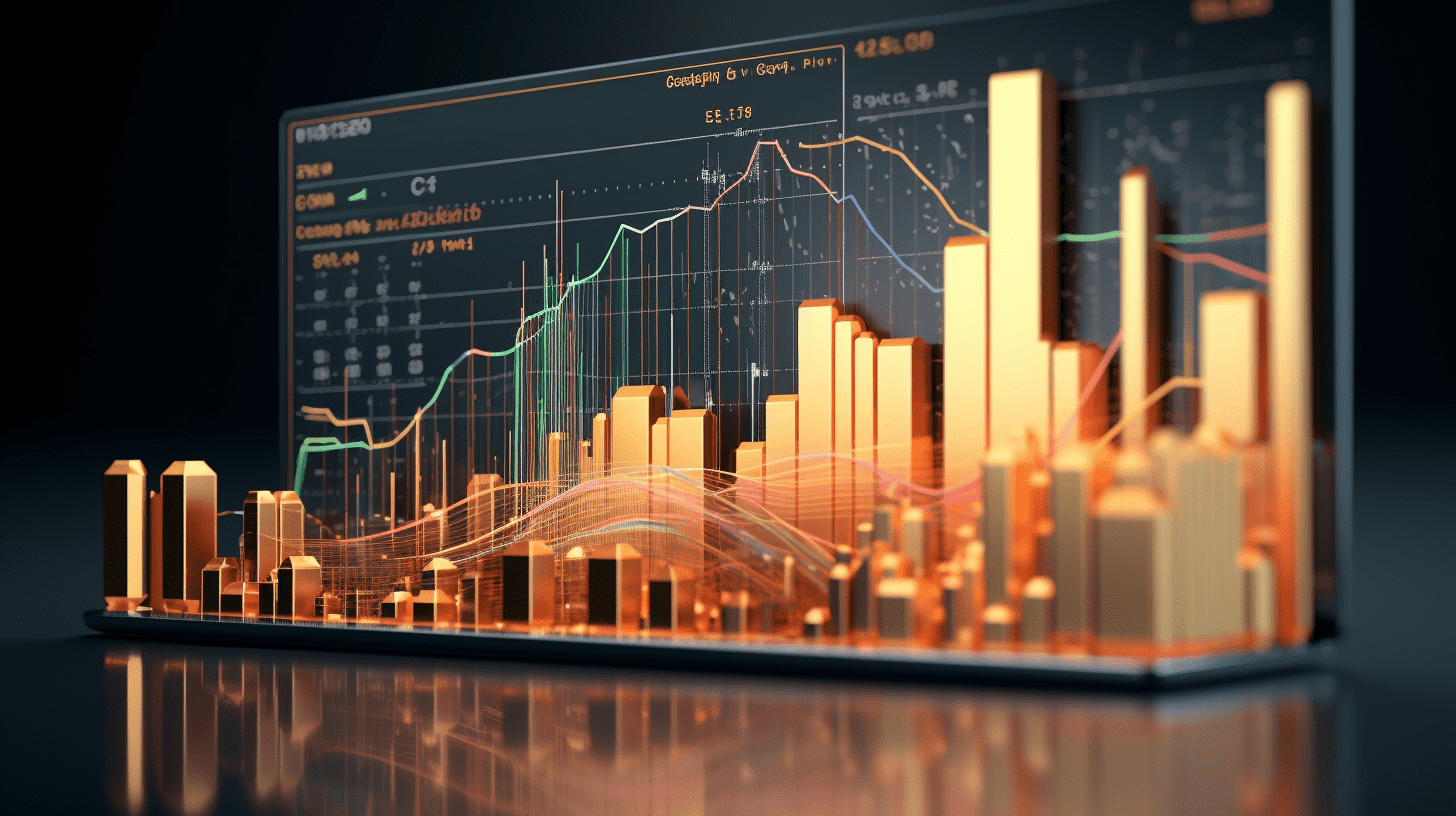Inflationary stickiness restricts, Australia's reserve bank expected to hit "pause button" on interest rate cuts this week.
For this week's Reserve Bank of Australia interest rate meeting, market expectations are very clear: policymakers will keep the interest rates unchanged, and with the economic outlook becoming increasingly uncertain, Governor Michelle Bullock is expected to avoid providing any forward guidance.
For this week's Reserve Bank of Australia meeting, market expectations are clear: policymakers will keep interest rates unchanged, and with the economic outlook becoming increasingly uncertain, Governor Michelle Bullock is expected to avoid providing any forward guidance.
A survey shows that after consumer prices rose higher than expected, economists unanimously expect the Reserve Bank of Australia to keep the cash rate at 3.6% at the meeting on November 3-4. Overnight index futures markets also indicate that a hold is almost certain, with the market now only expecting a significant possibility of rate cuts by the mid-2026.
"Based on the latest inflation data, it is highly unlikely that the Reserve Bank of Australia will lower rates in the short term," said Sam Konrad, Portfolio Manager at Jupiter Fund Management in Singapore. "Australian economic data is mixed, so I believe there is currently no urgent need for further rate cuts. The most important thing now is to ensure that inflation remains under control."
The rate decision and statement will be released on Tuesday at 11:30 Beijing time, with investors closely watching for any dissenting votes from the committee; meanwhile, the Reserve Bank of Australia will also release its quarterly economic forecast update. Bullock will hold a press conference an hour later.
Just days before the Reserve Bank of Australia is expected to hold rates steady, the Federal Reserve has cut key rates for the second consecutive meeting. Despite the slightly hawkish stance of the Federal Reserve, markets still see a higher possibility of policy easing in December due to slowing job growth.
Earlier, Australia's core inflation rate for the third quarter rose from a revised 0.7% in the second quarter to 1%, a significant shift in market expectations for Reserve Bank of Australia policy. On an annual basis, the core inflation rate has now reached the upper limit of the Reserve Bank of Australia's 2-3% target range.
This acceleration of inflation is widespread and reinforces the Reserve Bank of Australia's concerns that inflation, especially in the services sector, is indeed sticky. Driven by earlier government income tax cuts and energy subsidy policies, domestic demand has continued to strengthen; at the same time, the Reserve Bank's rate cuts earlier are gradually transmitted to the overall economy.
As a result, the Australian dollar became the best-performing major currency last week. Alex Loo and Prashant Newnaha from Commonwealth Securities point out that, with the Reserve Bank of Australia's somewhat hawkish stance, increased market risk appetite, and easing tensions in the US-China trade war, the Australian dollar has become a "hot pick" for investors.
Recent data shows acceleration in Australian credit growth, with house prices reaching new highs, indicating that the current financial environment is not overly tight. However, Bullock still believes that current policy is slightly tight.
"The potential momentum of inflation far exceeds the Reserve Bank of Australia's expectations," said George Tharenou from UBS. "The core issue now is whether to delay the next rate cut or confirm that the rate cycle has reached its bottom."
UBS expects the Reserve Bank of Australia to keep current rates unchanged at least until May 2026.
The Reserve Bank of Australia has a dual mandate, aiming to achieve sustainable full employment while keeping inflation at the midpoint of the 2-3% target range, 2.5%.
Some economists believe that by next year, Australia may face a situation similar to the United States. They argue that moderate economic growth and rising unemployment will lead to a cooling of prices, prompting the Reserve Bank of Australia to resume rate cuts.
Signs of labor market slack are already evident: job growth is slowing, and the unemployment rate has risen to 4.5%, the highest level since September 2021.
Data released on Monday showed that private sector job advertisements in October fell for the fourth consecutive month, down 7.4% from the same period last year, reflecting weakness in the labor market. Meanwhile, household spending in September increased by 0.2%, below expectations and only half of economists' forecast; August household spending data was also revised down to 0%.
Economist James McIntyre said, "For the Reserve Bank of Australia, even if economic prospects suggest a need for further easing next year, their policy language will still tilt towards hawkishness in the short term."
During an economic forum a week ago, Bullock did not express concern about the rising unemployment rate. She said the labor market remains tight, which actually raises the threshold for further easing.
"Their dual mandate is currently sending conflicting signals, making their situation very difficult," said Adam Bowe, Head of Portfolio Management at The Pacific Investment Management Company's Australian branch. "Ultimately, this means that they will continue to keep current policy unchanged until there is clear evidence of the direction of the economy."
Bowe expects the Reserve Bank of Australia to cut rates twice next year, eventually lowering the rate to 3.1%.
Related Articles

After Powell released the hawk, Federal Reserve Governor Milan "sang in opposition": monetary policy is still too tight and interest rates should be greatly reduced.

National Health Insurance Administration: By the end of June 2026, at least 100 key monitored easy-to-divert and resell drugs will be included in the intelligent supervision coverage.

Hong Kong Small and Medium Listed Companies Association: Hong Kong small and medium listed enterprises welcome new opportunities in the "15th Five-Year Plan" period
After Powell released the hawk, Federal Reserve Governor Milan "sang in opposition": monetary policy is still too tight and interest rates should be greatly reduced.

National Health Insurance Administration: By the end of June 2026, at least 100 key monitored easy-to-divert and resell drugs will be included in the intelligent supervision coverage.

Hong Kong Small and Medium Listed Companies Association: Hong Kong small and medium listed enterprises welcome new opportunities in the "15th Five-Year Plan" period






